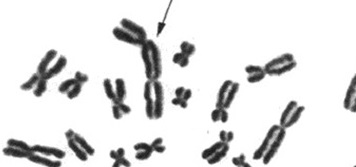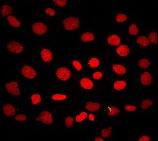Description
In our modern world, individuals may get exposed to ionizing radiation for many reasons; these include intentional exposures (such as in radiotherapy), small-scale incidents (such as minor protocol deviations in a lab), but also large-scale accidents such as in Fukushima in 2011. When individuals got exposed (or potentially exposed), it is important, for triage and treatment, to get an accurate dose estimate as soon as possible. Since members of the public do not usually wear radiation dosimeters, the degree of exposure needs to be measured retrospectively, by assessing the impact that it has caused. Statistical dosimetry usually refers to the task of estimating the contracted dose of ionizing radiation from a biological or physical marker, such as resistors in mobile phones. (Sometimes the term is also used for estimation of exposures other than radiation, but in this project we only consider radiation exposure).We will focus on approaches to estimating radiation dose which are based on biological markers, short biomarkers. These methods work by assessing the damage that the radiation has caused inside human blood cells. When radiation hits a cell, it may cause chromosomal breaks, which sometimes get repaired incorrectly, resulting in so-called "dicentric" chromosomes, see the upper figure to the right. The number of these discentric chromosomes can be counted under a miscroscope and related to the dose of exposure through appropriate statistical methods for count data. The problem of converting a dicentric count to a dose estimate is now well understood, and routinely used by dosimetry labs for dose estimation. There do exist some other, more innovative biomarkers, which try to detect the activity of certain proteins which deal with DNA repair, see the lower figure. This also leads to similar count data regression models but the associated methods are less well understood, with still considerable scope for research.
In this project, we will understand how various models and estimation strategies for dose estimation from biomarkers operate, and will apply them onto real biomarker data that we obtain from the published literature (or which have been made available directly from dosimetry labs such as from UKHSA). It is noted that this, of course, is a Statistics project, but a certain degree of preparedness to delve into some of the biology and physics involving the underlying radiological processes will help you finding this project interesting!
Essential companion modules
- Advanced Statistical Modelling
Resources
- Some case studies by UKHSA.
- An offical publication by UKHSA (formely PHE) on that topic: https://www.gov.uk/government/publications/biological-dosimetry-statistical-methods.

